Tamron 35-150 mm f/2.8-4 Di VC OSD
4. Image resolution
Let's check how the Tamron 35–150 mm f/2.8–4 Di VC OSD compares – its results in the frame centre at 35, 90, and 150 mm presents a graph below.
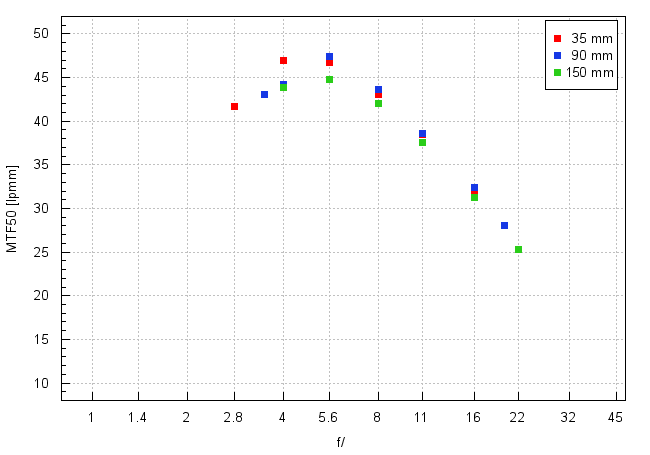
Please Support UsIf you enjoy our reviews and articles, and you want us to continue our work please, support our website by donating through PayPal. The funds are going to be used for paying our editorial team, renting servers, and equipping our testing studio; only that way we will be able to continue providing you interesting content for free. |
- - - - - - - - - - - - - - - - - - - - - - - - - - - - - - - - - - - - - - - - - - - - - - - -
These values are excellent for a zoom lens. Firstly the performance is quite even, without big differences between particular focal lengths and between the maximum relative aperture and other apertures available. Secondly, maximum results reached at 35 and 90 mm surge to 47 lpmm – it is a very high level, only slightly lower than the results of the best primes. Thirdly, the results reached at the maximum relative aperture fit a range from 41 to 44 lpmm so they are definitely excellent. In the frame centre the Tamron 35-150 mm doesn't have even one weaker point.
Now let's check its performance on the edge of the APS-C/DX sensor – an appropriate graph is presented below.
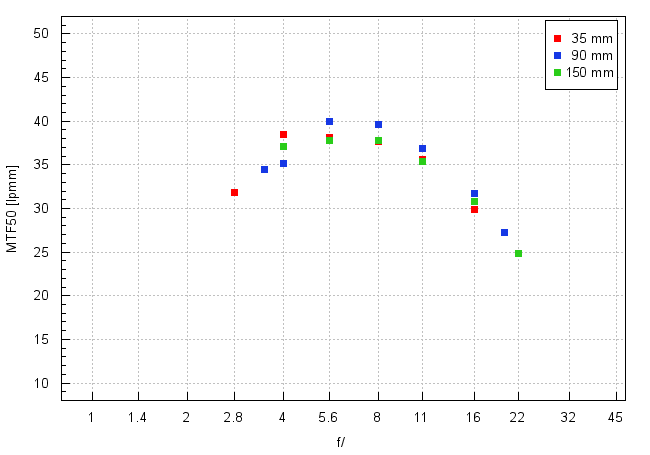
We can say at once that, once again, it is impossible to find any weak points . The worst result of the tested lens amounts to almost 32 lpmm and you see it at the maximum relative aperture at 35 mm. As it is situated a tad above the decency level it still allows you to get images of acceptable quality. The best results are reached in the middle of the focal range where, after a slight stopping down of the aperture, the MTFs are able to increase to a very good level, that of 40 lpmm.
What about the edge of full frame? Let's look at the next graph.
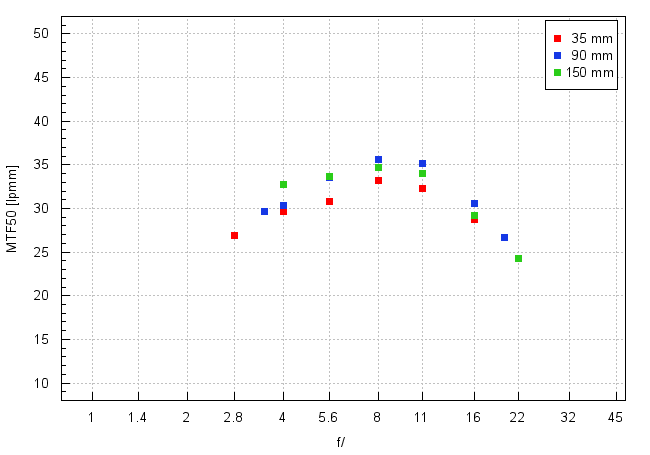
Finally you can notce some weak points – for example at the combination of the 35 mm focal length and f/2.8 aperture, where the image quality can barely be called acceptable. Also the results at the 35 mm focal length and by f/4.0 are on the borderline of acceptable level, as well as these you see with the lens wide open in the middle of the focal range. The 150 mm focal length fares the best, providing images of sensible quality already from f/4.0.
Still such a performance is not a serious flaw. Taking into account unique parameters of the lens it doesn't change our very positive assessment of its resolution performance. The overall situation is really good and we are very pleased with the way the Tamron fares in this category.
At the end of this chapter, traditionally, we presents crops taken from photos of our resolution testing chart which were saved in JPEG format .
| Canon 5D MkIII, JPEG, 35 mm, f/2.8 |
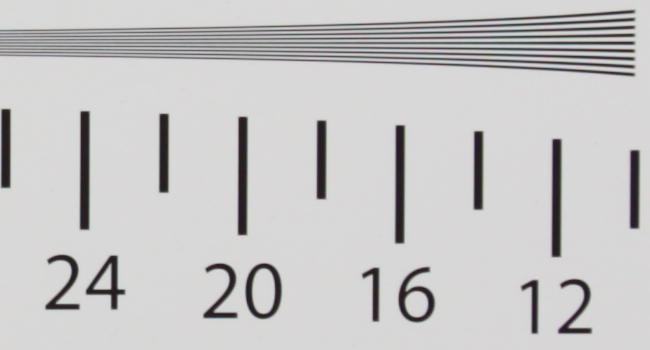 |
| Canon 5D MkIII, JPEG, 90 mm, f/5.6 |
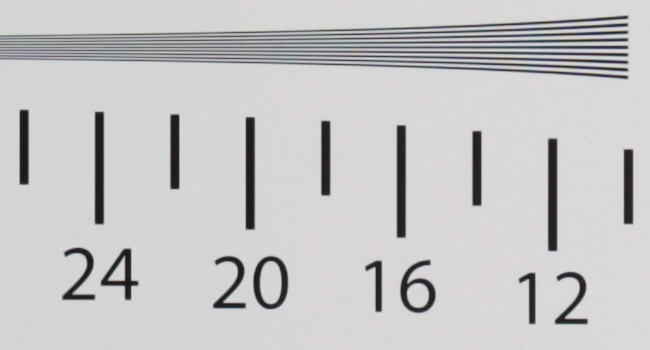 |






